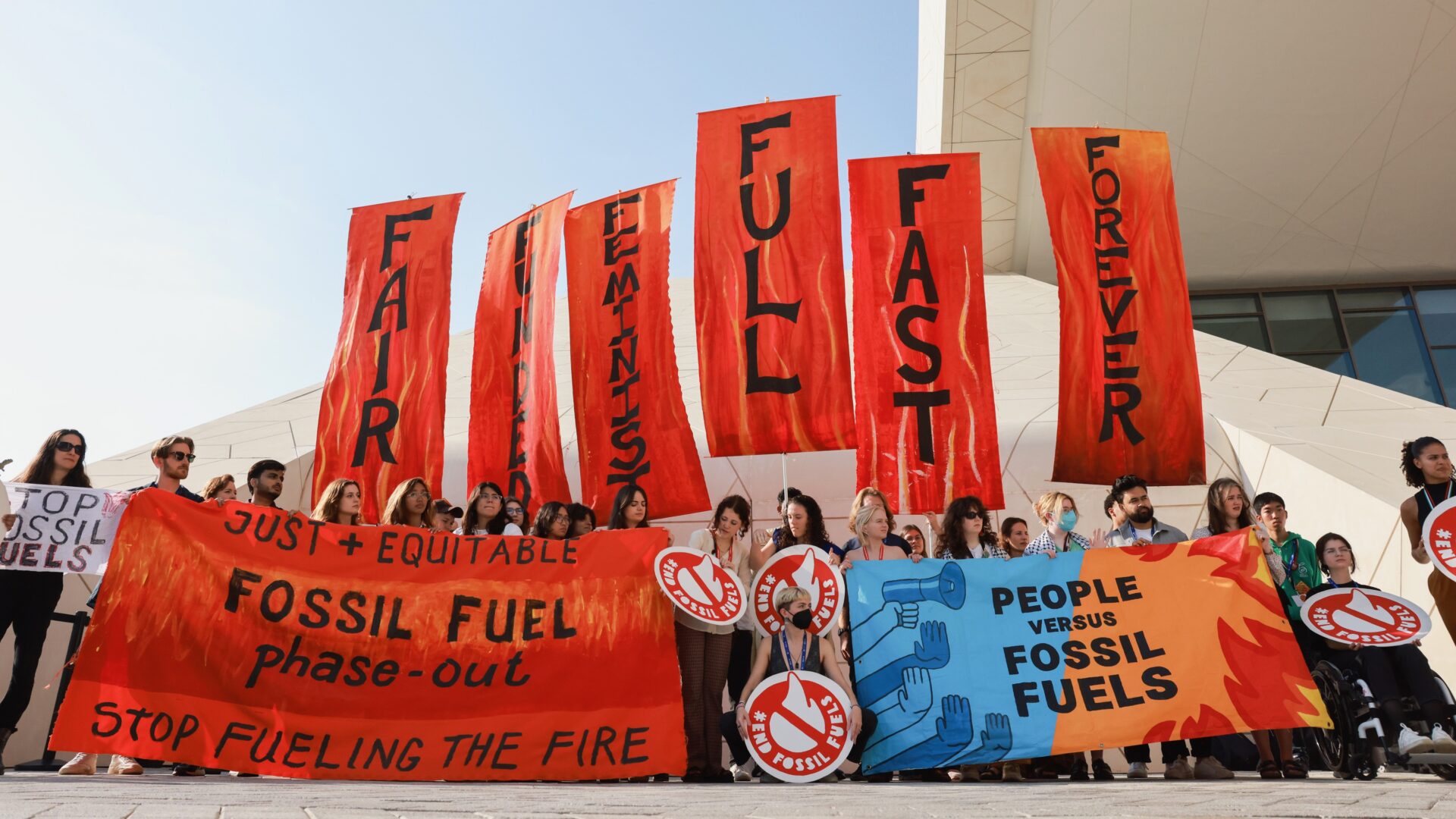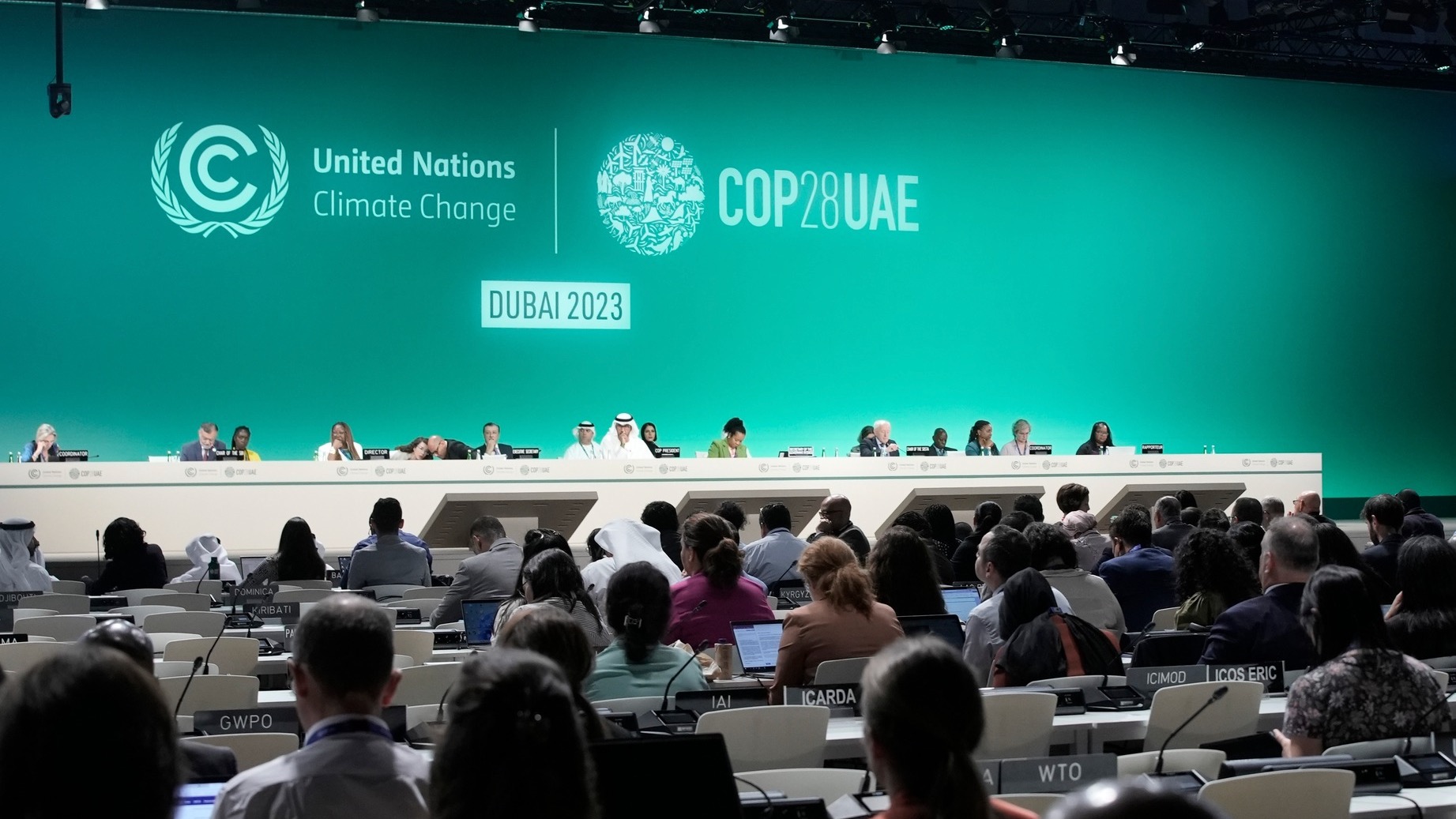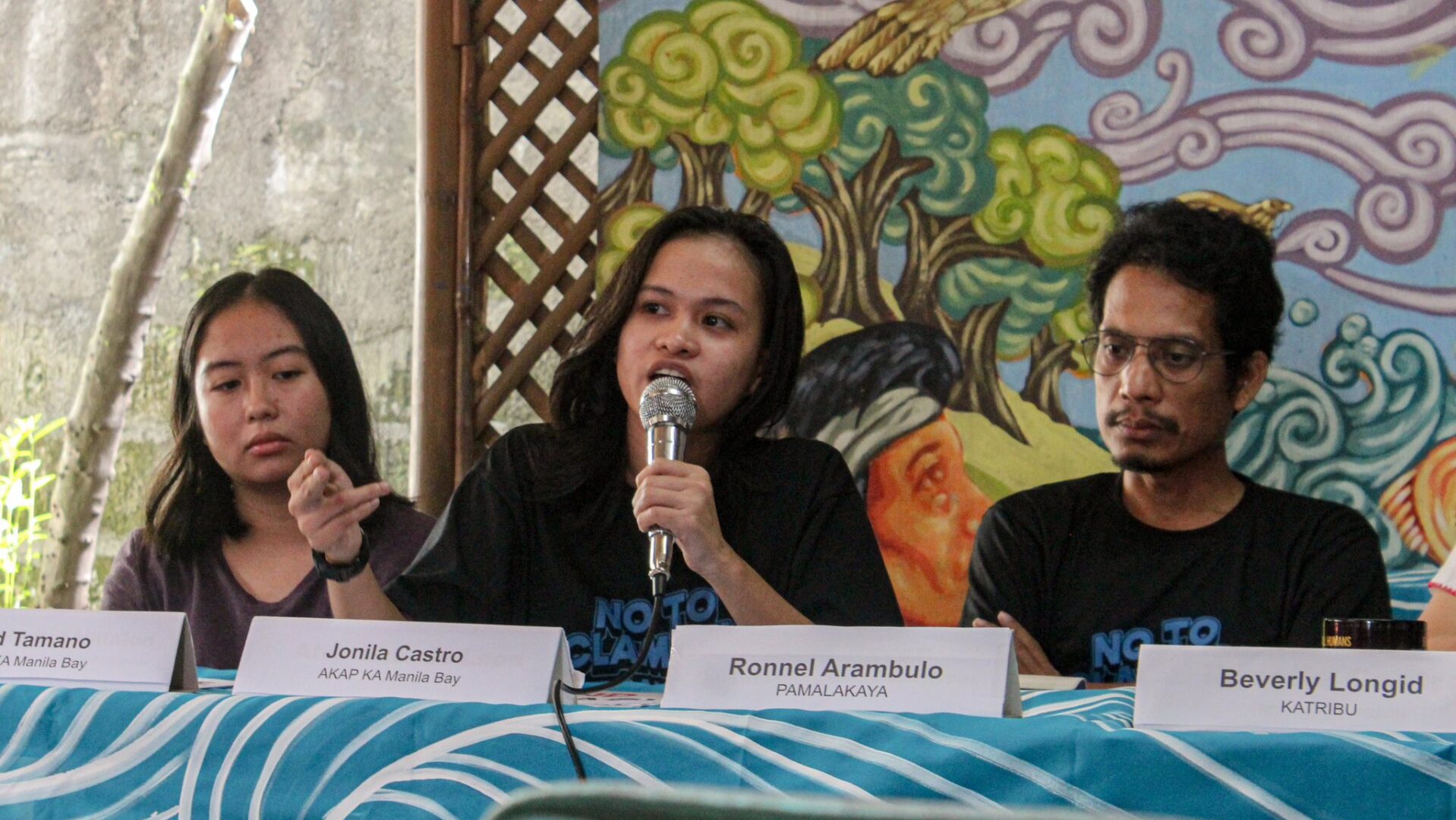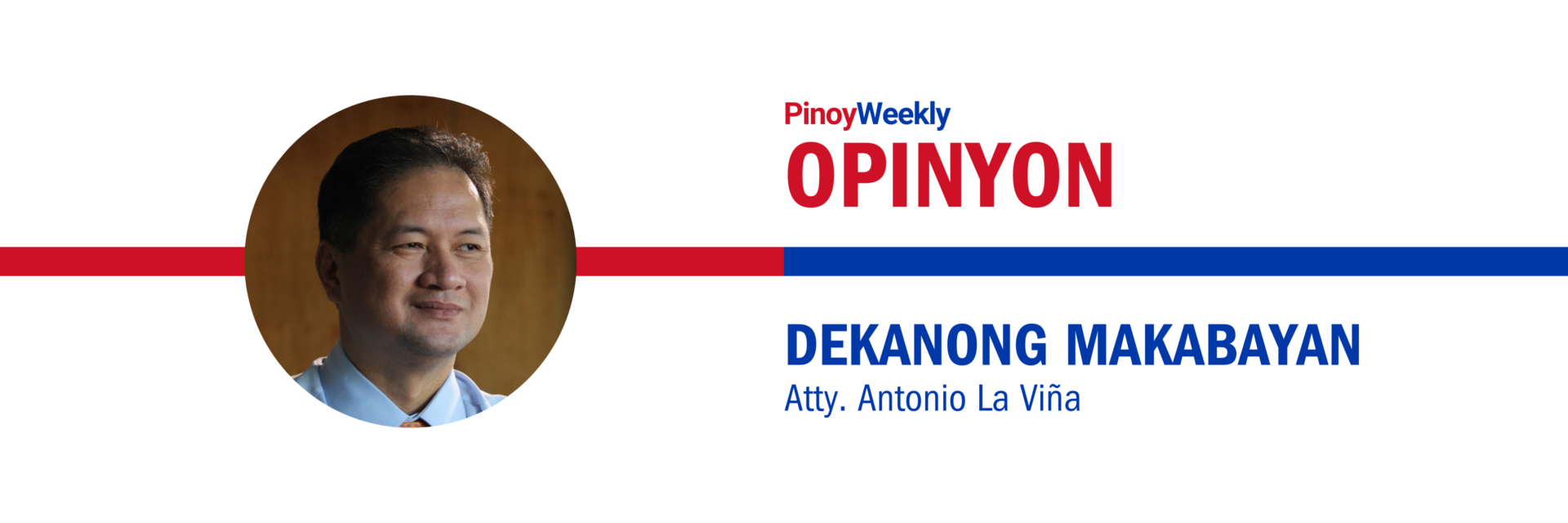‘Yolanda aftermath: No sign that Aquino learned lesson on disaster crises’
The horrific aftermath of super typhoon Yolanda (international code name: Haiyan) that claimed thousands of lives exemplifies the Aquino government’s inability to learn from past disaster crises. Thus said Clemente Bautista, national coordinator of Kalikasan – People’s Network for the Environment (Kalikasan-PNE), a progressive environmental group. He said that, as with previous disaster crises it […]


The horrific aftermath of super typhoon Yolanda (international code name: Haiyan) that claimed thousands of lives exemplifies the Aquino government’s inability to learn from past disaster crises.
Thus said Clemente Bautista, national coordinator of Kalikasan – People’s Network for the Environment (Kalikasan-PNE), a progressive environmental group. He said that, as with previous disaster crises it faced in the past, the Aquino administration showed its apparent “lack of (disaster) preparedness, leadership and proactive solutions” in dealing with the expected outcome of what had already been dubbed by experts as one of the “strongest storms in history” even before it hit the Philippines.
In its initial assessment, Kalikasan sees three major shortcomings of the Aquino government in its disaster response. These shortcomings contributed to the intensifying humanitarian crisis in Leyte, Samar and other Visayas provinces:
(1) The Aquino government failed to prepare the country sufficiently for storm surges that Yolanda brought, which was reported to have been 20 feet high in some places and cited to have likely caused the massive death toll.
This was despite readily available information from monitoring agencies warning of possible storm surges across the country days before Yolanda made its landfall;
(2) Despite forced evacuations of thousands of people in high-risk areas, safe and structurally secure evacuation centers and proper evacuation plans were clearly lacking. There were many reports of packed evacuation centers collapsing because of Yolanda’s impact, and also flooding within the evacuation centers, further adding to the casualties;
(3) Lack of preparations for emergency communications systems to be used by responders from the national government itself. This was apparent in the bogging down of their own communication lines that could have been solved by using simple satellite phones or a UHF radio system.
As of the evening of November 10, the National Disaster Risk Reduction and Management Council’s communication lines were still down. More critical is the lack of concrete DRR programs that should have been implemented long before the advent of hazards.
“Lessons from typhoons Ondoy, Pedring, Sendong, Pablo and the successive monsoon disasters should have taught (Aquino) that emphasis on community-based climate adaptation initiatives are needed in highly hazardous areas way before hazards are expected, such as mangrove reforestation in coastal areas, locally appropriate early warning systems and participatory capacity building of local disaster councils and communities,” said Leon Dulce, Kalikasan PNE campaign coordinator.
Boasted of ‘zero casuality’
The labor and people’s advocacy group, Koalisyon ng Progresibong Manggagawa at Mamamayan (KPMM), meanwhile condemned President Aquino for having the “temerity” to address the nation before the typhoon to boast that the government is expecting zero casualties as it is prepared to deal with the calamity.
“Obviously, it was all just empty rhetoric meant to divert public attention away from the pork barrel scandal rocking his administration. We remain steadfast that calamities like these should not be used to justify and retain the PDAF and DAP. The important thing is to release the resources of government NOW,” said Sammy Malunes, KPMM spokesperson.
Youth leaders from Kabataan Party-list also saw the utter lack of preparation of the national government. This, they said, were in spite of the fact that the country encounters over 20 typhoons each year, Until now, the group said, the national government has yet to install a clear and rational disaster plan that puts premium on disaster preparedness and disaster risk reduction.
“Despite the allocation of a PhP 7.5 Billion calamity fund for 2013, the absence of proper disaster battle plan that should be created and installed by the national government to mitigate disasters renders the billions of pesos for calamity fund questionable,” Kabataan Rep. Terry Ridon said.
With a large number of dead bodies still in the streets and among debris, KPMM said that the government was slow to even acknowledge this fact and even tried to downplay the casualty count.
“Obviously little of our resources were used to safely evacuate our countrymen and ensure that they have the basic necessities for survival. Shamefaced, Aquino has tried to place the blame elsewhere, and has shown only how his government is ill-prepared to face this increasingly desperate post-typhoon scenario,” said Malunes.
Ridon added that calamity funds should not be limited to monitoring and reactive responses, but should used for pre-disaster activities and infrastructure such as typhoon drills, pre-positioned relief goods, proactive warning systems, and a nationwide emergency response system, among others, that is based on a clear disaster-risk reduction and climate adaption plan.
Possible corruption
Anakpawis Rep. Fernando Hicap, meanwhile, expressed fear that, as during previous crises, some government may exploit the situation to get their hands on government or donated funds raised or alloted for emergency use.
“We call on government officials and offices to forego of pork and corruption funds and allot them directly to our kababayans in need. We call on them not to use the tragedy as opportunity for pork use. All funds and donations should go directly to our kababayans,” said Vencer Crisostomo, Anakbayan national chairperson.
According to Hicap, there has been an out-pouring of aid, donations and pledges of support from foreign governments, local and foreign institutions, organizations and individuals. Malacanang owes it to the public, especially to the typhoon victims, to account how every centavo is spent, he said.
“Transparency is important especially at this time that the Aquino government is tainted with issues of corruption related to the misuse of pork barrel,” Hicap said.
Hicap suggested that Malacanang provide full information on aid and donation for typhoon victims on the Yolanda Crisis Response website for the public’s information.
“The National Disaster Risk Reduction Management Council (NDRRMC), Department of Social Welfare and Development (DSWD) and Department of Health (DOH), the frontline agencies in charge of providing relief for calamity victims are also obliged to inform the public on the progress of relief operations,” Hicap said.
Based on collated media reports, initial donations and pledges received are the following:
US – $100,000 for health, water and sanitation support
Canada – $5 million
UK – P276 million, aid package worth P414 million
Taiwan – aid package worth P8.6 million, donation of US$100,000
UN World Food Program – $2 million relief program
AmeriCares – medical aid mostly medicine, antibiotics, pain relievers, wound care supplies for a least 20,000 people
CARE – emergency and long-term assistance to help 30,000 families with emergency and longer-term assistance.
World Vision – target of $3 million in US donations and global donations of $20 million
European Commission – commitment of 3 million euros emergency funds that will cover emergency needs in the worst affected areas.
Australia – initial pledge of $358,900 in relief support
Call for help
Renato Reyes Jr., secretary general of Bagong Alyansang Makabayan (Bayan, New Patriotic Alliance), meanwhile, called on all its chapters and member organizations in the Philippines and abroad to mass mobilize for relief efforts for the victims of Super Typhoon Yolanda (Haiyan).
He called on unions, employees’ associations, student organizations, community organizations and the general public to contribute to the efforts to help the communities ravaged by Yolanda. Through the Bayanihan Alay sa Sambayanan or Balsa, Bayan is currently receiving cash and donations in kind intended for the victims of the typhoon.
“Our fellow Filipinos need our help now. We are calling on members, chapters and allied organizations nationwide to exert all efforts to help. Let us gather goods to send to our kababayans, and turn our schools, communities, workplaces into relief centers,” said Crisostomo.
In the spirit of bayanihan, various groups are mobilizing nationwide relief efforts to help victims of Typhoon Yolanda. An “International Day of Solidarity and Action” is set on November 13.
Various groups will hold candle-lighting ceremonies, relief drives, and solidarity actions for the victims of Yolanda. They warn the Aquino government not to abuse or misuse public funds intended for the victims.




